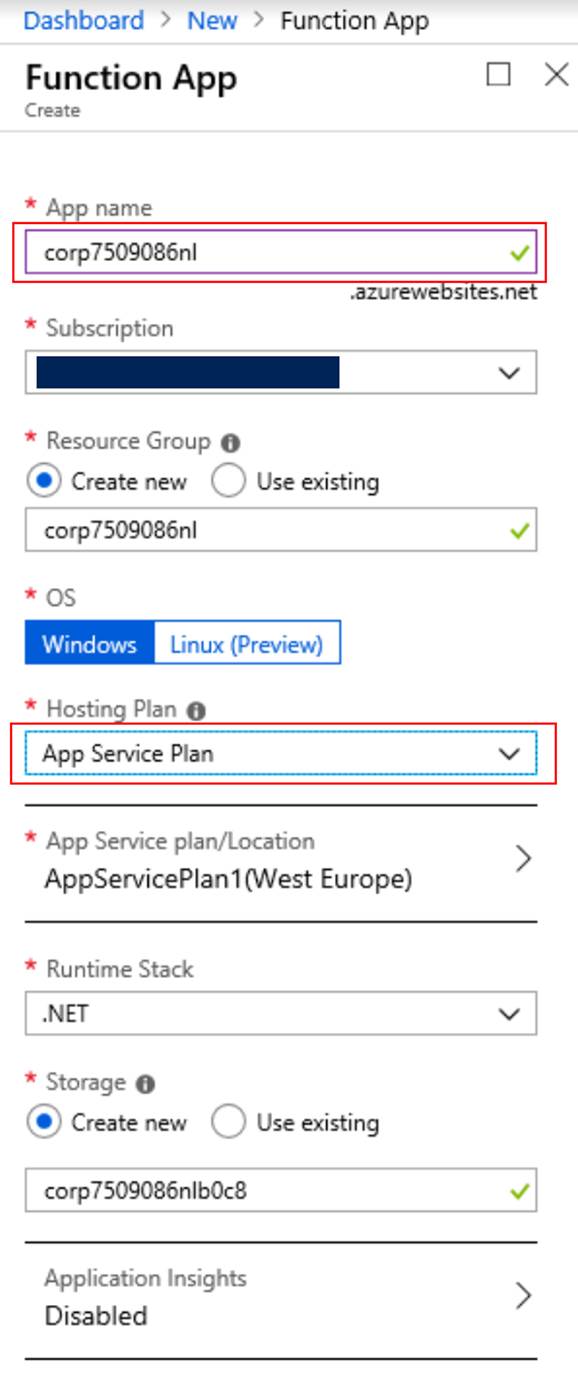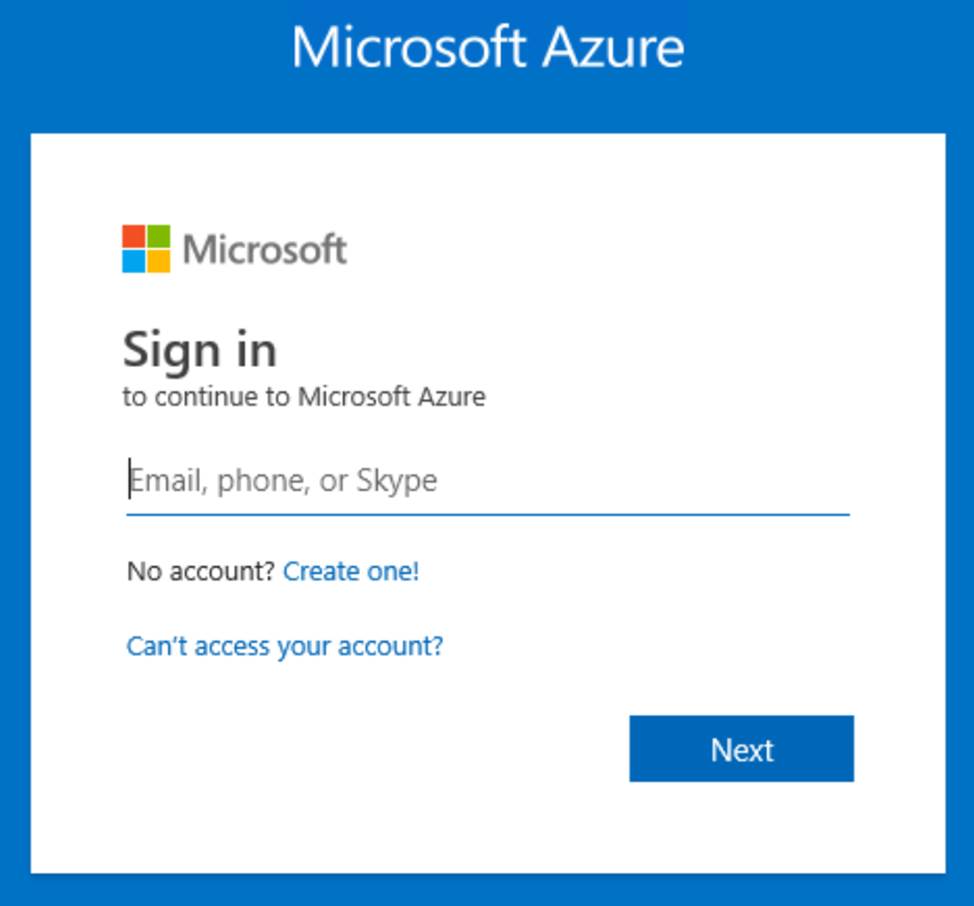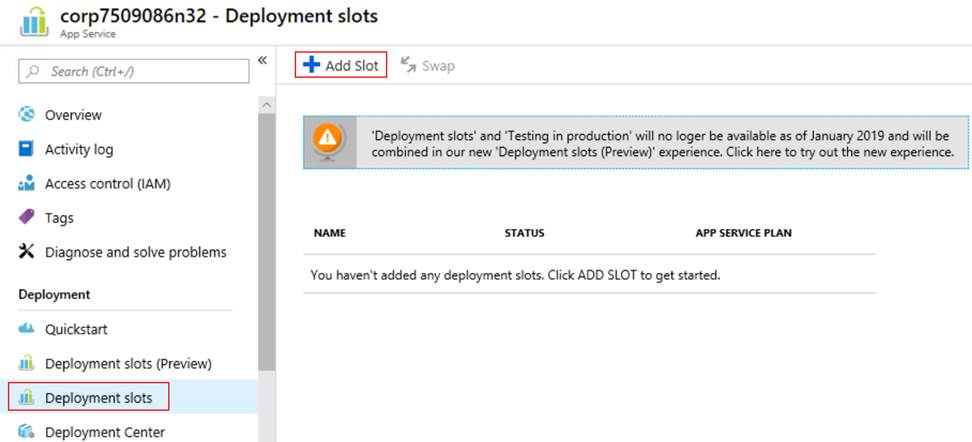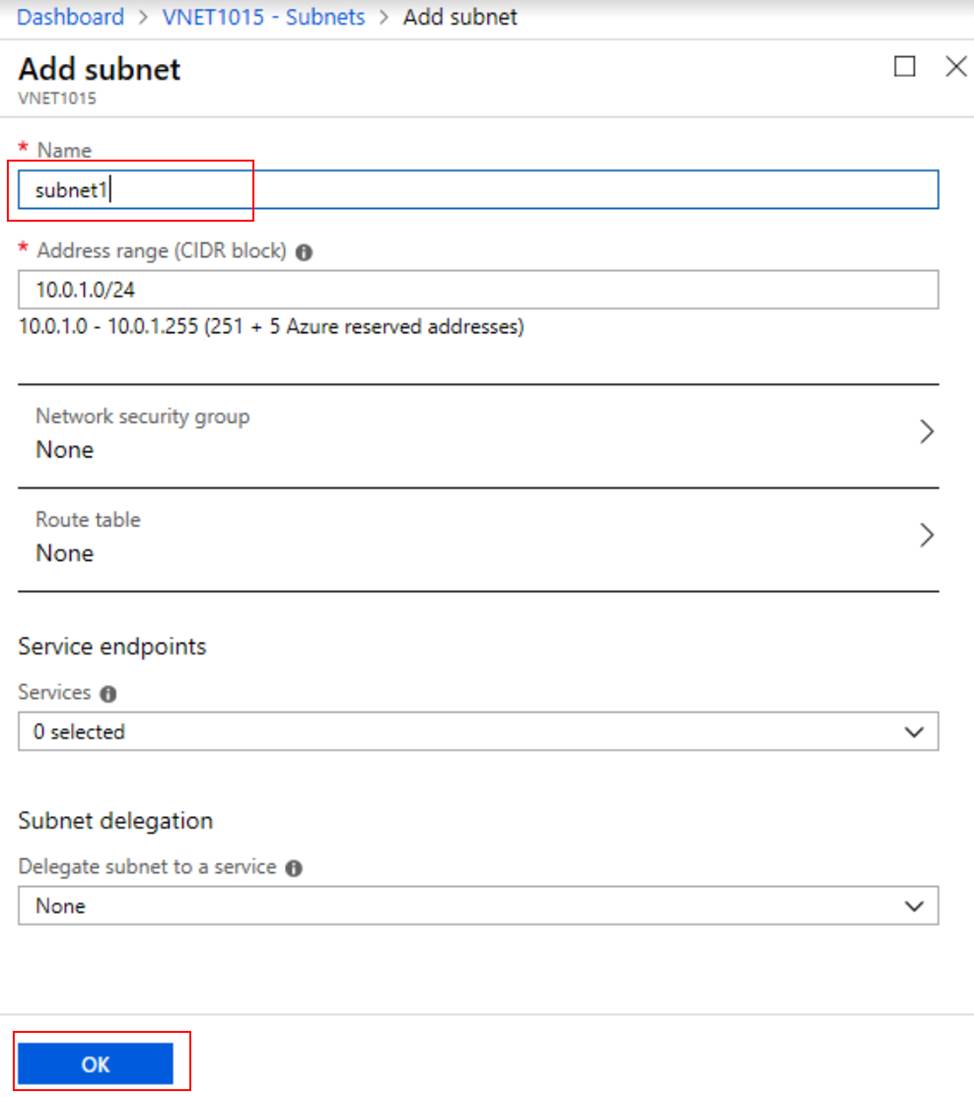Microsoft AZ-102 Microsoft Azure Administrator Certification Transition Online Training
Microsoft AZ-102 Online Training
The questions for AZ-102 were last updated at Jan 02,2026.
- Exam Code: AZ-102
- Exam Name: Microsoft Azure Administrator Certification Transition
- Certification Provider: Microsoft
- Latest update: Jan 02,2026
You are an administrator for a company. You have an Azure Service Bus.
You need to implement a Service Bus queue that guarantees first in first-out (FIFO) delivery of messages.
What should you do?
- A . Set the Lock Duration setting to 10 seconds.
- B . Enable duplicate detection.
- C . Set the Max Size setting of the queue to 5 GB.
- D . Enable partitioning.
- E . Enable sessions.
You have a Microsoft SQL Server Always On availability group on Azure virtual machines.
You need to configure an Azure internal load balancer as a listener for the availability group.
What should you do?
- A . Enable Floating IP.
- B . Set Session persistence to Client IP and protocol.
- C . Set Session persistence to Client IP.
- D . Create an HTTP health probe on port 1433.
You have an Azure subscription that contains a virtual network named VNet1. VNet 1 has two subnets named Subnet1 and Subnet2.
VNet1 is in the West Europe Azure region.
The subscription contains the virtual machines in the following table.

You need to deploy an application gateway named AppGW1 to VNet1.
What should you do first?
- A . Add a service endpoint.
- B . Add a virtual network.
- C . Move VM3 to Subnet1.
- D . Stop VM1 and VM2.
You have an Azure virtual network named VNet1 that connects to your on-premises network by using a site-to-site VPN. VMet1 contains one subnet named Subnet1.
Subnet1 is associated to a network security group (NSG) named NSG1.
Subnet1 contains a basic internal load balancer named ILB1. ILB1 has three Azure virtual machines in the backend pool.
You need to collect data about the IP addresses that connects to ILB1. You must be able to run interactive queries from the Azure portal against the collected data.
What should you do? (To answer, select the appropriate options in the answer area. NOTE: Each correct selection is worth one point.)

Note: This is a lab or performance-based testing (PBT) question. To answer, you will perform a set of tasks in a live environment. Some functionality (e.g. copy and paste) will not be possible by design. Scoring is based on the outcome of performing the tasks stated in the lab. It doesn’t matter how you accomplish the goal.
You need to create a function app named corp7509086nl that supports sticky sessions. The solution must minimize the Azure-related costs of the App Service plan.
What should you do from the Azure portal? (This question has to be solved in a lab environment. Click on Solution to see a valid example solution. Answer "True" if you can solve the problem, otherwise select "Wrong".)
Solution:
Step 01: Connect to Azure portal. Type https://portal.azure.com in the browser address bar and use the provided credentials for Sign in.

Step 02: On the upper right corner, select Create a resource, the select Compute > Function-App.

Step 03: Enter the name for the app you want to create, and change the hosting plan from "Consumption Plan" to "App Service Plan." The hosting plan controls sticky session support (user is always connected to the same VM when scaling the app horizontally).

Step 04: Create a new App Service plan and choose the cheapest pricing tier available. Then click "Create" to deploy the new Function App.

Reference: Create a function app from the Azure portal
- A . True
- B . False
Note: This is a lab or performance-based testing (PBT) question. To answer, you will perform a set of tasks in a live environment. Some functionality (e.g. copy and paste) will not be possible by design. Scoring is based on the outcome of performing the tasks stated in the lab. It doesn’t matter how you accomplish the goal.
You need to create a web app named corp7509086n23 that can be scaled horizontally. The solution must use the lowest possible pricing tier for the App Service plan.
What should you do from the Azure portal? (This question has to be solved in a lab environment. Click on Solution to see a valid example solution. Answer "True" if you can solve the problem, otherwise select "Wrong".)
Solution:
Step 01: Connect to Azure portal. Type https://portal.azure.com in the browser address bar and use the provided credentials for Sign in.

Step 02: On the upper right corner, select Create a resource, the select Web > Web App.

Step 03: Enter the name for the app you want to create, and ensure that the App Service plan uses the Standard S1 pricing tier. S1 is the cheapest pricing tier that allows auto scale. Then click "Create" to deploy the new Web App.

- A . True
- B . False
Note: This is a lab or performance-based testing (PBT) question. To answer, you will perform a set of tasks in a live environment. Some functionality (e.g. copy and paste) will not be possible by design. Scoring is based on the outcome of performing the tasks stated in the lab. It doesn’t matter how you accomplish the goal.
Another administrator reports that she is unable to configure a web app named corp7509086n32 to prevent all connections from an IP address of 11.0.0.11.
You need to modify corp7509086n32 to successfully prevent the connections from the IP address. The solution must minimize Azure-related costs.
What should you do from the Azure portal? (This question has to be solved in a lab environment. Click on Solution to see a valid example solution. Answer "True" if you can solve the problem, otherwise select "Wrong".)
Solution:
Step 01: Connect to Azure portal. Type https://portal.azure.com in the browser address bar and use the provided credentials for Sign in.

Step 02: Locate the web app by typing the name of the app in the search bar or by navigating to "App Services". The open the Networking blade of the web app and click on "Configure IP Restrictions".

Step 03: Click on Add rule and add a deny rule to prevent all connections from an IP address of 11.0.0.11/24.


- A . True
- B . False
Note: This is a lab or performance-based testing (PBT) question. To answer, you will perform a set of tasks in a live environment. Some functionality (e.g. copy and paste) will not be possible by design. Scoring is based on the outcome of performing the tasks stated in the lab. It doesn’t matter how you accomplish the goal.
You need to add a deployment slot named staging to an Azure web app named corp7509086n32.
The solution must meet the following requirements:
• When new code is deployed to staging, the code must be swapped automatically to the production slot.
• Azure-related costs must be minimized.
What should you do from the Azure portal? (This question has to be solved in a lab environment. Click on Solution to see a valid example solution. Answer "True" if you can solve the problem, otherwise select "Wrong".)
Solution:
Step 01: Connect to Azure portal. Type https://portal.azure.com in the browser address bar and use the provided credentials for Sign in.

Step 02: Locate the web app by typing the name of the app in the search bar or by navigating to "App Services". Then open the "Deployments slots" blade of the web app and click on "Add Slot".

Step 03: Type in the slot name and click on OK.

Step 04: Open the blade for the newly created slot, click on Application settings and enable Auto swap. Don´t forget to save your settings.

Reference: Set up staging environments in Azure App Service
- A . True
- B . False
Note: This is a lab or performance-based testing (PBT) question. To answer, you will perform a set of tasks in a live environment. Some functionality (e.g. copy and paste) will not be possible by design. Scoring is based on the outcome of performing the tasks stated in the lab. It doesn’t matter how you accomplish the goal.
You plan to deploy an application getaway named appgw1015 to load balance IP traffic to the Azure virtual machines connected to subnet0.
You need to configure a virtual network named VNET1015 to support the planned application gateway.
What should you do from the Azure portal? (This question has to be solved in a lab environment. Click on Solution to see a valid example solution. Answer "True" if you can solve the problem, otherwise select "Wrong".)
Solution:
Step 01: Connect to Azure portal. Type https://portal.azure.com in the browser address bar and use the provided credentials for Sign in.

Step 02: An application gateway muss be deployed into an empty subnet (not into the gateway subnet). We need to create a new subnet within VNET1015 to support the creation of the application getaway. Type "VNET1015 in the search box to locate and open the VNets blade. Then click on Subnets and choose to add a subnet.

Step 03: Type in a name for the new subnet and click OK.

In the next step we could create the application gateway. Because the question asks only to configure the virtual network to support the app gateway, we are finished here.
Reference: What is Azure Application Gateway?
- A . True
- B . False
Note: This is a lab or performance-based testing (PBT) question. To answer, you will perform a set of tasks in a live environment. Some functionality (e.g. copy and paste) will not be possible by design. Scoring is based on the outcome of performing the tasks stated in the lab. It doesn’t matter how you accomplish the goal.
You need to deploy an application gateway named appgwl015 to meet the following requirements:
• Load balance internal IP traffic to the Azure virtual machines connected to subnet0.
• Provide a Service Level Agreement (SLA) of 99.99 percent availability for the Azure virtual machines.
What should you do from the Azure portal? (This question has to be solved in a lab environment. Click on Solution to see a valid example solution. Answer "True" if you can solve the problem, otherwise select "Wrong".)
Solution:
Step 01: Connect to Azure portal. Type https://portal.azure.com in the browser address bar and use the provided credentials for Sign in.

Step 02: Click on Create a resource, choose Networking and click Application Gateway.

Step 03: Type in a name for the new application gateway and click OK.

Note: Microsoft guarantees that each Application Gateway Cloud Service having two or more medium or larger instances will be available at least 99.9% of the time. (Reference: SLA for Application Gateway)

Step 04: Choose the VNet and select an empty subnet (subnet1, created in the previous question). Click on OK.

Step 05: Click on OK to create the new application gateway.

Reference: What is Azure Application Gateway?
- A . True
- B . False
Latest AZ-102 Dumps Valid Version with 199 Q&As
Latest And Valid Q&A | Instant Download | Once Fail, Full Refund


